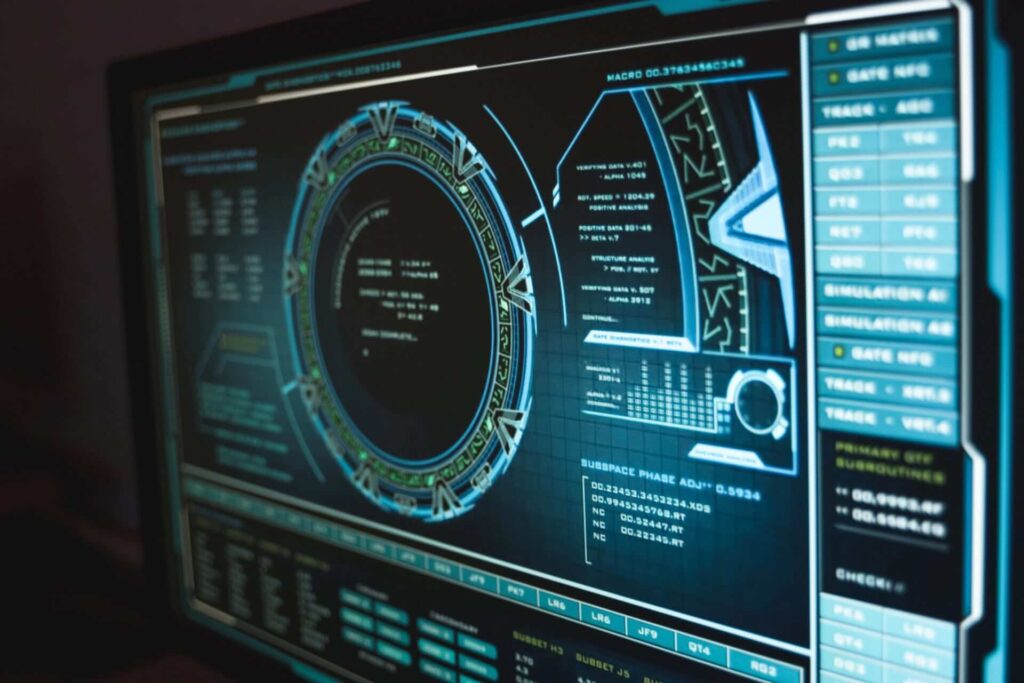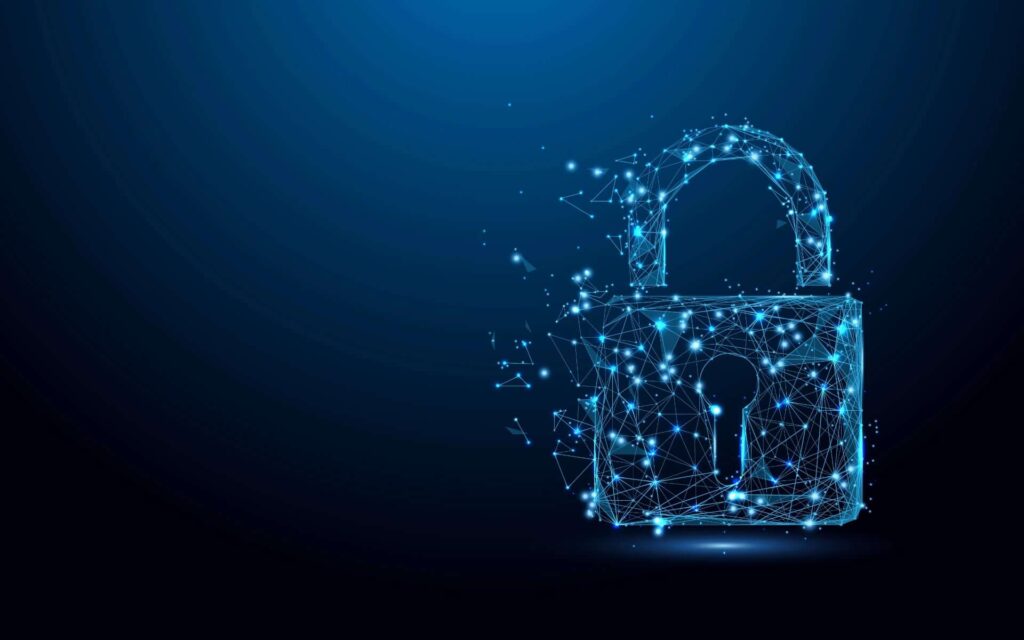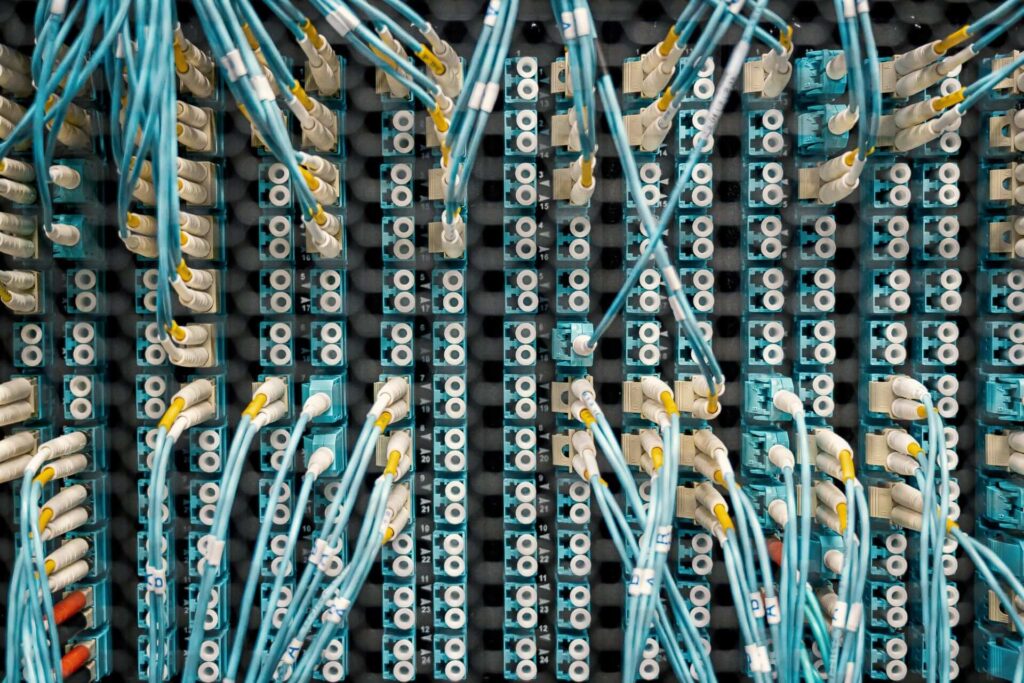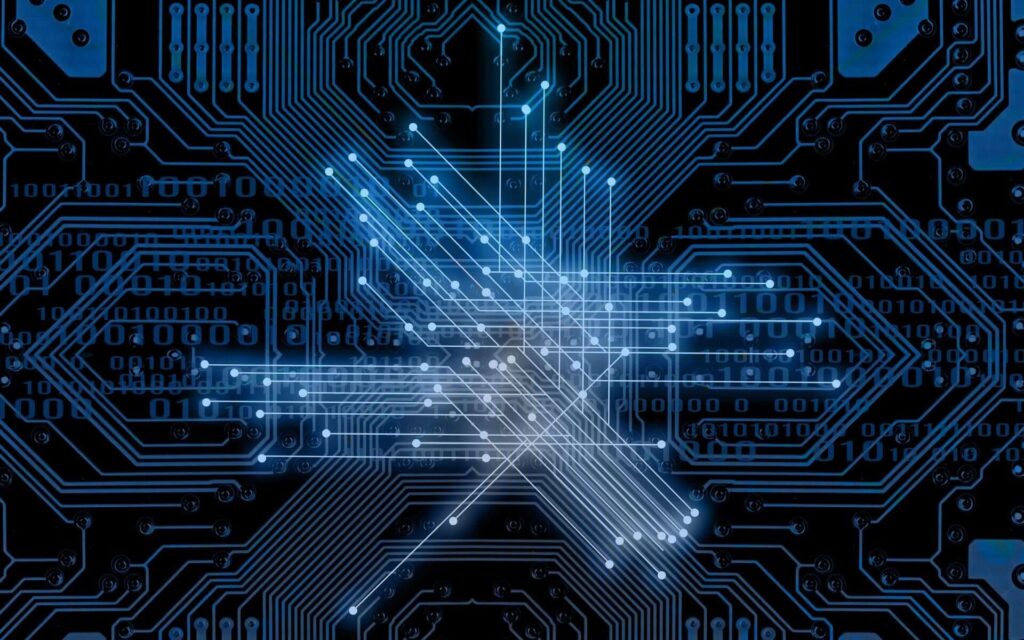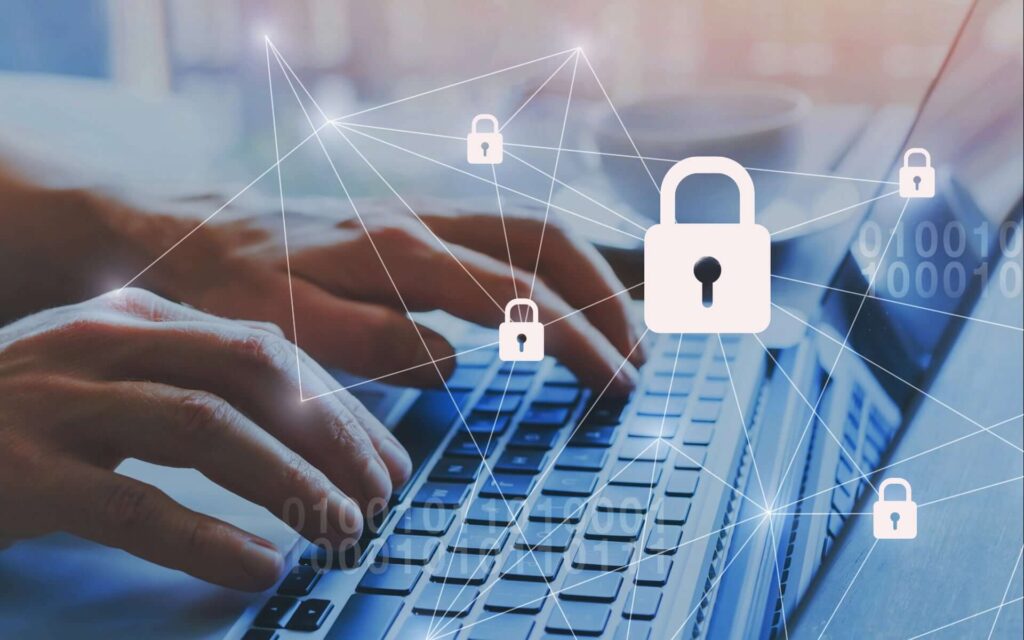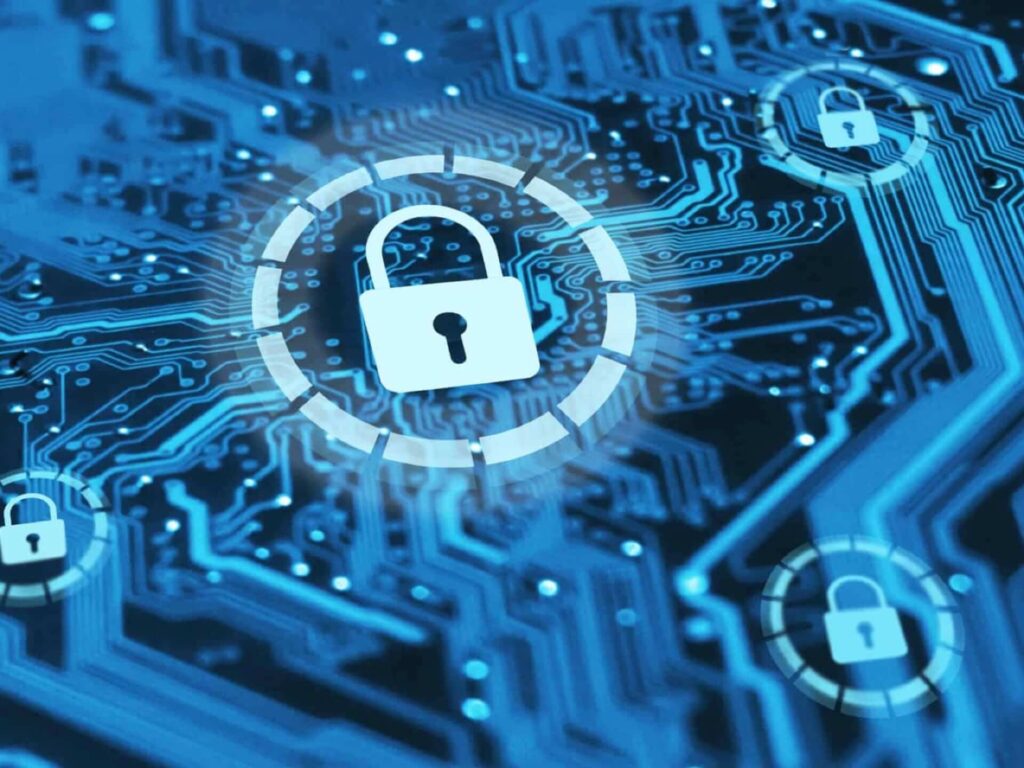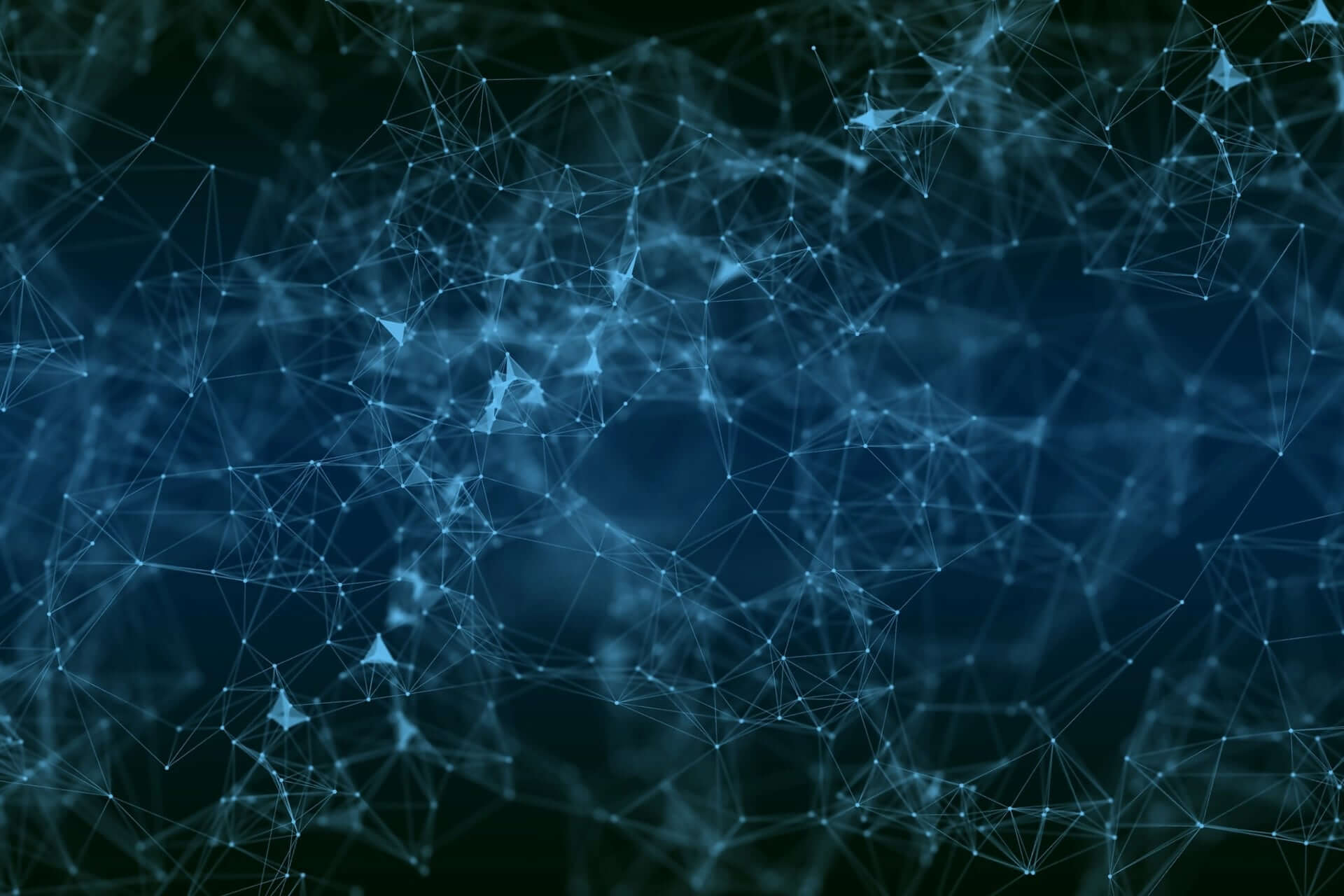
PROJECT
Trust-Free Packet-Switched Quantum Communications Networks
DOCTORAL CANDIDATE
Supervisors
Razavi (ULEEDS), Indjin (ULEEDS), Munro (NTT), Walter (RUB), Shabani (Cisco).
Objectives
Designing quantum communications networks, at different layers, compatible with current packet-switched networks.
Expected Results
New quantum repeater protocols compatible with packet-switched networking; Performance analysis, e.g., entanglement generation rates and secret key rates in QKD applications, over such repeaters; New network and transport layer protocols.
Description
A functional quantum Internet is the holy grail of quantum communications technologies. While there are plenty of proposals for building scalable quantum repeaters, most of which work on a circuit-switched basis. That is, we need to secure resources over different segments of an end-to-end link before being able to generate an entangled state between two remote users. This means that all required resources for that link has to be allocated to those two users for the entirety of the protocol, and other network users cannot use those resources. The only exception to this is the so-called third generation quantum repeaters, which, similar to their classical counterpart, transfer quantum states hop-by-hop by using excessive amount of quantum error correction to combat loss and noise. These repeaters, however, face several technological challenges, including the need to have intermittent nodes in close proximity on the order of a few kms. This can effectively make them incompatible with existing infrastructure for the Internet, which crucially works on the basis of packet switching. This project aims at designing feasible, in near to mid-term, quantum repeaters in an aligned way with the concept of packet switching. That is, we generate entangled states between two far end nodes by starting from one end and extending the entanglement, node by node, in a similar fashion that a packet finds its way in the Internet. Similar to classical networks one could then optimize the path based on availability of resources, e.g., entangled states, or reliability of the links. This requires revisiting network layer protocols for this application. End-to-end reliable quantum data transfer can then be managed in such networks by updating the relevant transport layer protocols.
Methodology
We explore the use of simple quantum error correction codes for distillation purposes. It has recently been shown that even a simple 3-qubit repetition code could offer advantage in QKD applications [Phys. Rev. Appl. 15, 044027 (2021)]. We benchmark the performance of our proposed repeater setups by calculating the corresponding secret key generation rate when you run trust-free QKD protocols.
Risks
Simulating large quantum systems is time consuming; efficient numerical techniques will be developed if analytical.
